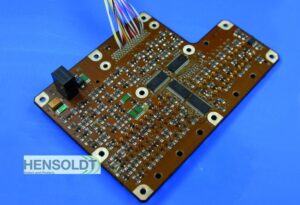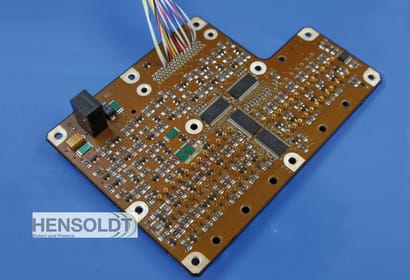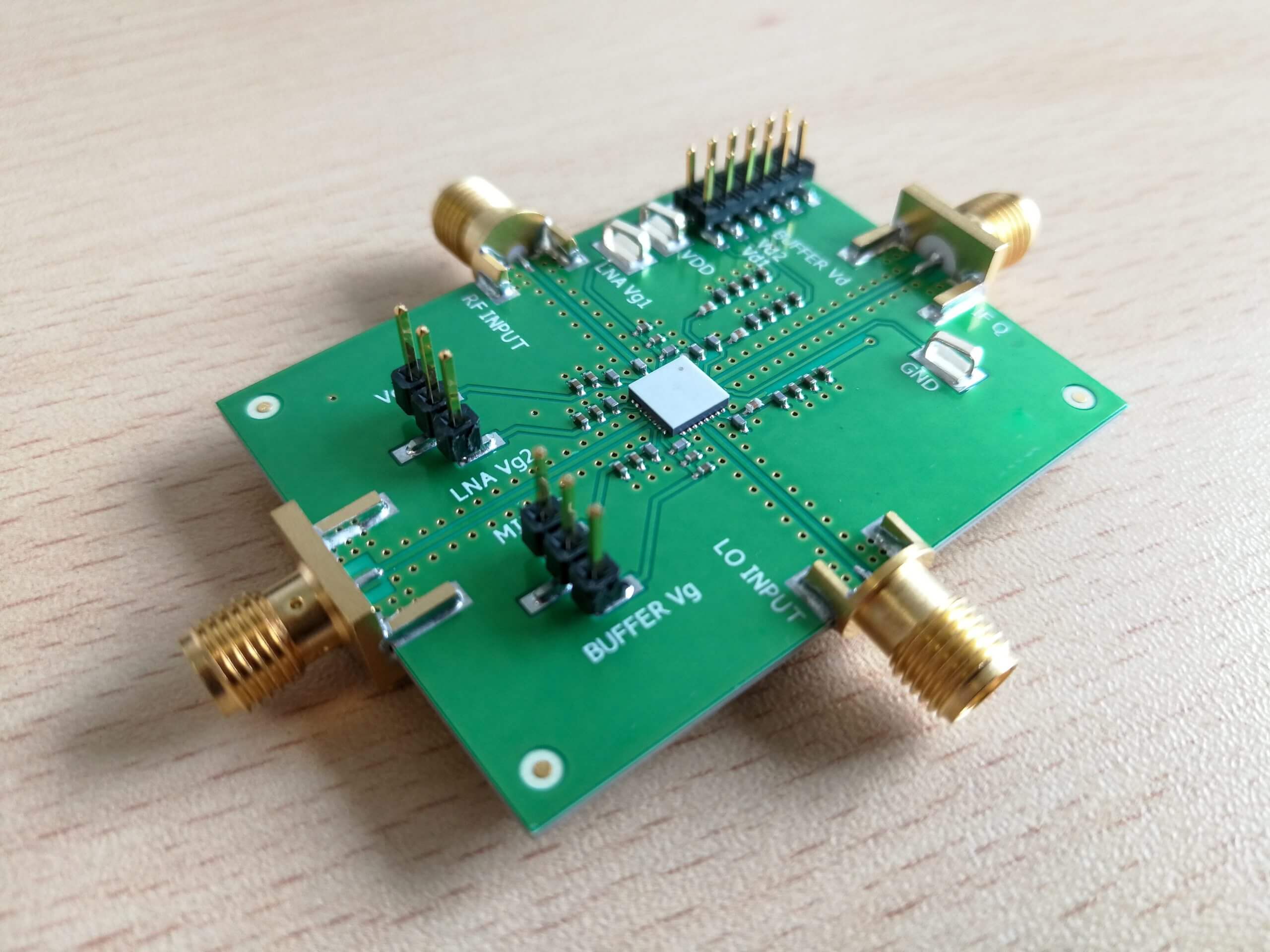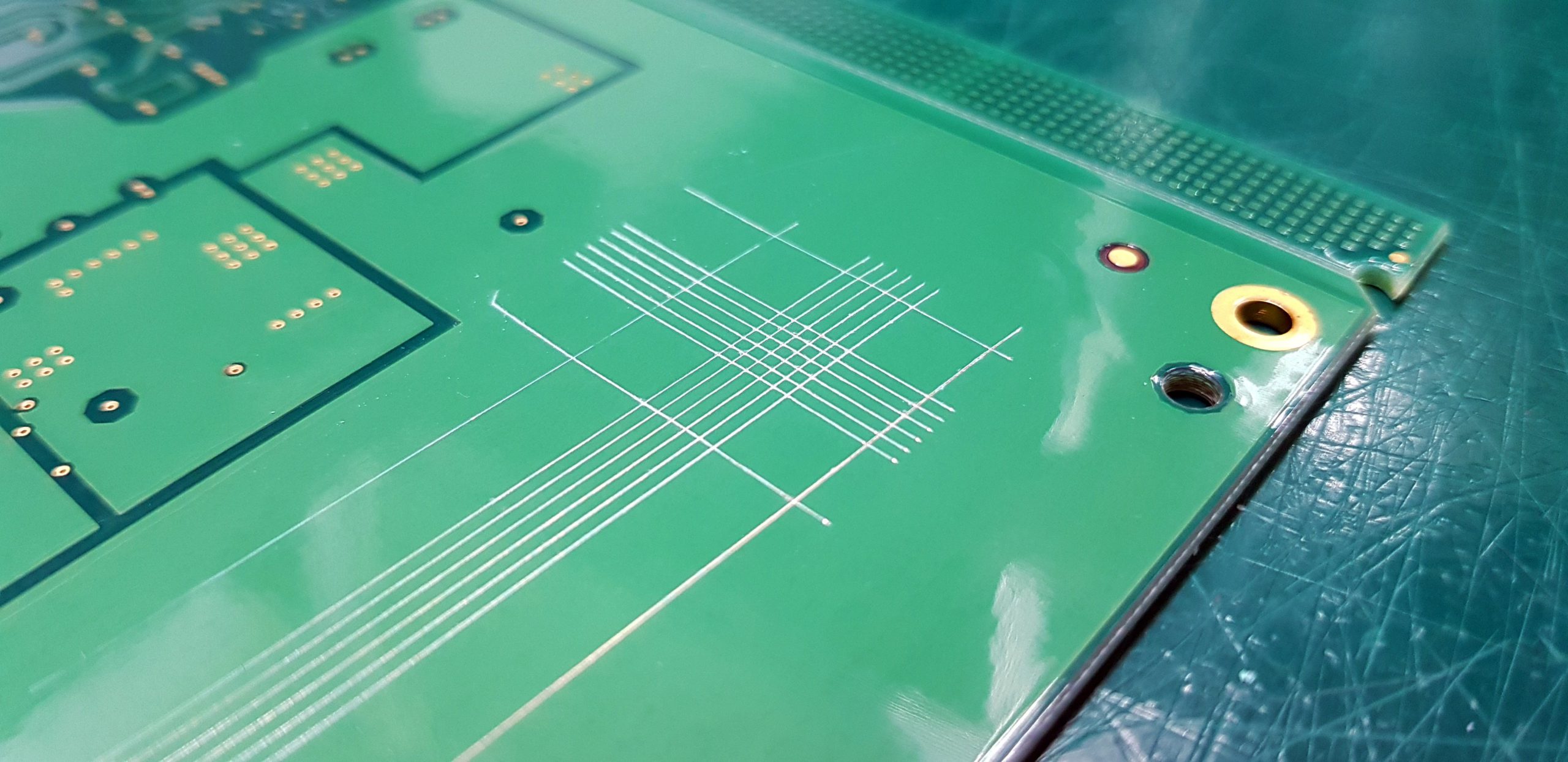Trends in creating electronics through additive manufacturing
The use of 3D printing technology to build devices with embedded electronics has evolved. In the early days, special 3D printers injected dielectric inks onto a layer of a build, creating electronic traces, to build electronic parts. Nano Dimension was the first company to develop such a system, and it continues to evolve the technology. Today, it offers Additive Manufacturing Electronics (AME).
According to Yoav Stern, CEO at Nano Dimension, the technology of 3D printed electronics is divided between printers that inject inks, such as silver, to create a circuit on the build, and its latest system which prints conductive or dielectric inks onto multiple layers to build a three-dimensional electronic printed circuit board. The AME system adds more polymer and more conductive material layer-by-layer to create a 3D object. “It’s not one layer of circuit. It’s dozens of layers, if not hundreds of layers with vias, with holes, you don’t need to drill holes,” says Stern. The two materials are the dielectric and the conductive. The conductive being a special silver and the dielectric being a polymer.
The evolution
In the last two years, 3D printing of electronics has changed so that engineers can create a finished end-user electronic product from a digital file.
“That’s a major thing that happened,” says Stern. “Now, the last two months have revealed a huge trend. The large companies have realized that they became addicted to the Far East manufacturing of printed circuit boards specifically and electronics in general. They got addicted to the low cost, high quantities that China and Taiwan supplied. And they are realizing that now after a crisis, actually two crises; one started with the American administration forcing the trade war with China and the tariffs and the second with the Coronavirus.
“And now they realized all the money they made in manufacturing electronics in the Far East over the last few years, they may be losing now. Moreover, they’re so dependent, they have no manufacturing on the ground, they have no buffer zones. So, there’s a trend in the industry of realizing they need the capability to manufacture PCBs or special electronics ‘on the ground.’ Our AME system can play a role here. Because this industry is digital, its ecologically friendly and it will deliver the buffer manufacturing between their sources in the Far East. You design in-house, you prototype, you manufacture and it’s all a digital industry. So that one trend is accelerated over the last two months as a result of the pandemic. Plus, you can keep your IP local.”
The AME system can print the components, the capacitors, converters, as well as coils. “Customers are at the prototyping and proof of concept stage, moving into early production. I believe in the next 12 to 18 months maximum, more will be in the production stage,” continues Stern.
Key design considerations
A key factor in additively manufactured electronics, according to Nano Dimension, is that the AME system is comprehensive. The technology is integrated with the software used for design. “When you have software for design, be it Mentor Graphics, or SolidWorks, for example, the CAD/CAM electronics, CAE, computer aided electronics, are using traditional design rules,” says Stern. “And they’re not familiar with the new capabilities of this technology. So, we developed the software [to take advantage of the hardware capabilities].”
The AME system includes features that let designers insert a 50-layer capacitor, which the machine can produce. “Or a certain coil. You can print your own coil, using design rules and leverage the advantage of the manufacturing capability of the machines.”
Material considerations
“The material and the process is the secret sauce in AME,” says Stern. “Everything is around the materials.” Polymers used in this system typically melt at a hundred plus degrees Celsius. Silver melts at 900 plus degrees Celsius, and the system injects them into the build process together.
“And they have to live together as injected,” continues Stern, “coming out of the machine, melt, molded together and working. It’s a real challenge. And it’s not a simple silver, and it’s not a simple polymer. Once you change the silver a little bit, it’s not working with the polymer, so you have to change the polymer. Once you change both of them, you have to change a process.”
Factors to consider include temperatures of the process, temperatures the end product is going to work at, and then temperatures the product has to maintain to keep its characteristics and not change them. Questions to ask include, what happens over time to polymers and silver, when they are exposed to sun, ultraviolet heat, cold, does it lose its characteristics? Does this change characteristics? How long does it give them? How strong is the product? Can it break under G-forces? When will it break? How is it comparing to the traditional PCBs or electronics?
“So, everything is around the material,” said Stern. “And the minute you change material to fit the spec of the end-product or the vertical industries you’re selling, then you have to change the process and you have to change the other material because they’re all related to each other. So, once you ask this question, you almost hit the core breakthroughs in the manufacture of three-dimensional electronics, which include the chemicals and the physics of the material and the algorithms that can control such a delicate process in real-time.”
Collaboration
As customers work with Nano Dimension’s AME system, they are discovering capabilities that the company designers were unaware of. “We are very excited,” says Stern. “We had customers working with our machines that developed products that we didn’t realize the machines can do. We didn’t know it can be used that way! It’s really exciting.
“The customers are excited because they see they are participating in development of the next generation of the machine. So, they are helping to break barriers and then they tell us, ‘this can do this!’ It’s very exciting.
“We are looking into forming a customers’ advisory board for our R and D and product team. The customers are excited because they are working and sharing information because they know it’s going to expand the industry.”



